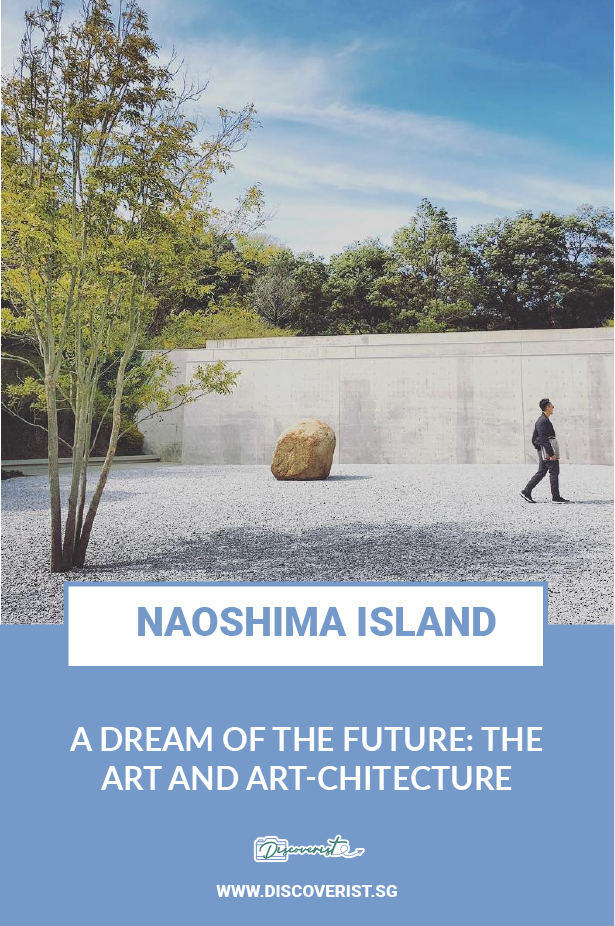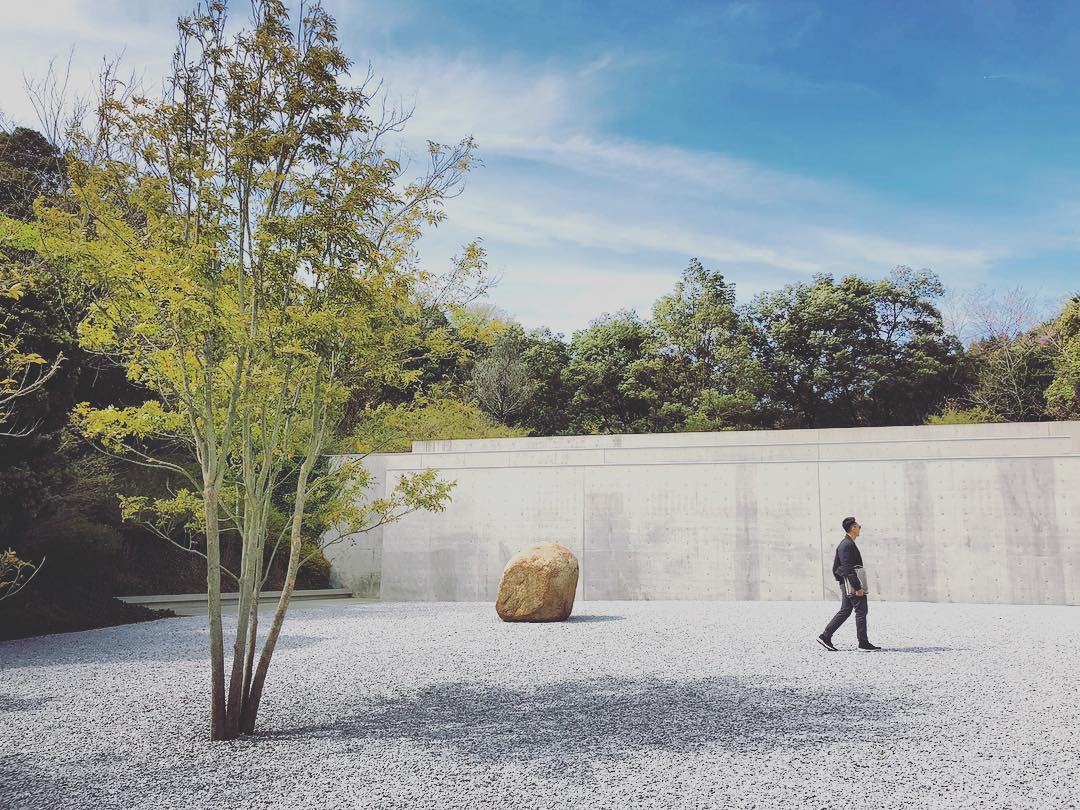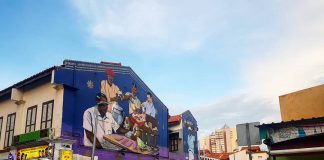Alighting from the ferry that takes you to the island of Naoshima in Japan’s Seto Sea feels more like stepping out a portal that has transported you to a parallel universe. The world you see around you is familiar, but, at the same time, discordantly different. It’s a dimension where it’s impossible to tell where nature ends and human-wrought art begins.
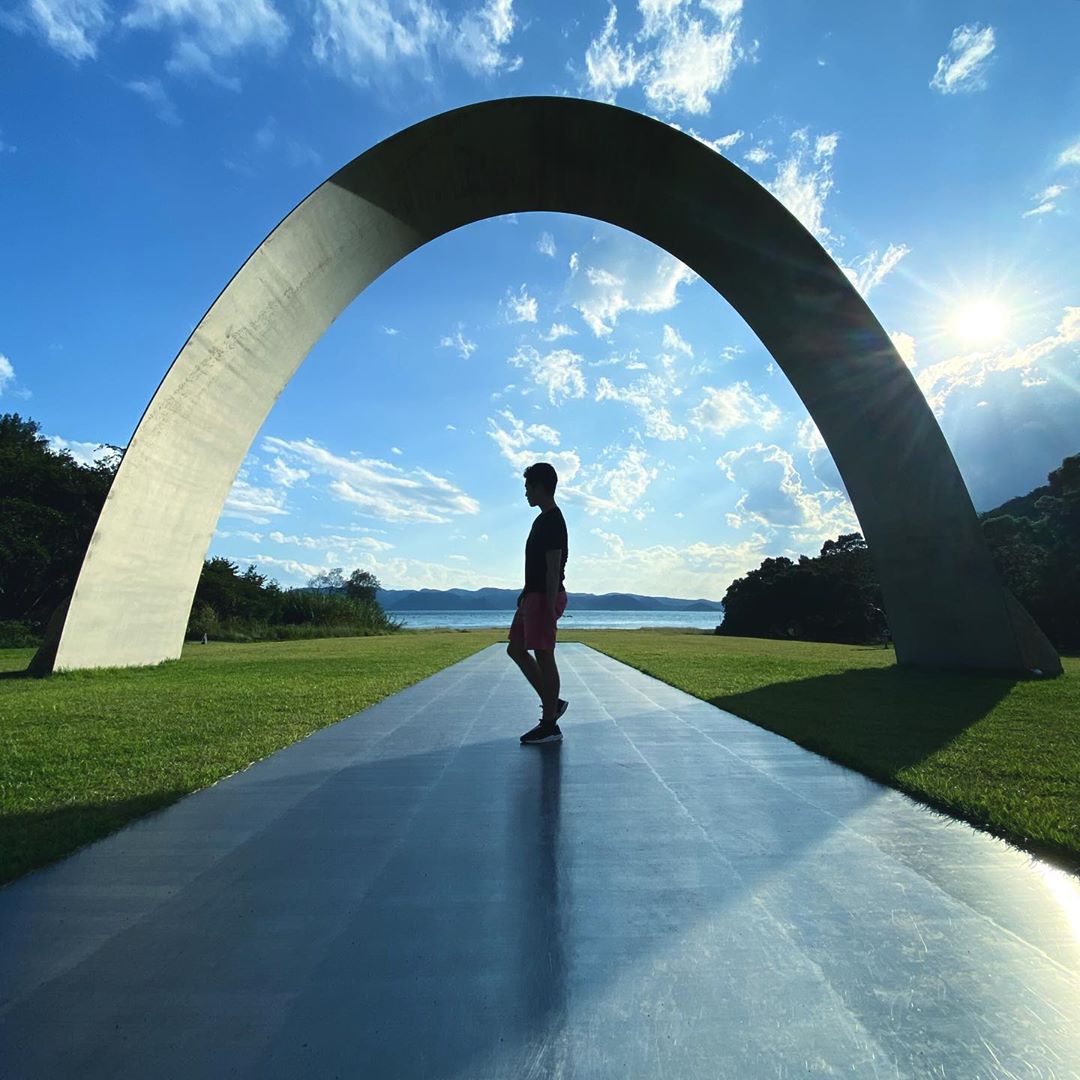
No structure is more emblematic of this commingling than the Chichu Art Museum. It is an open, cavernous space built deep into the earth itself and open to the skies above; the interplay of light and shadow upon the artwork displayed on its pure white walls makes its ever-changing surroundings part of the process of viewing the art.
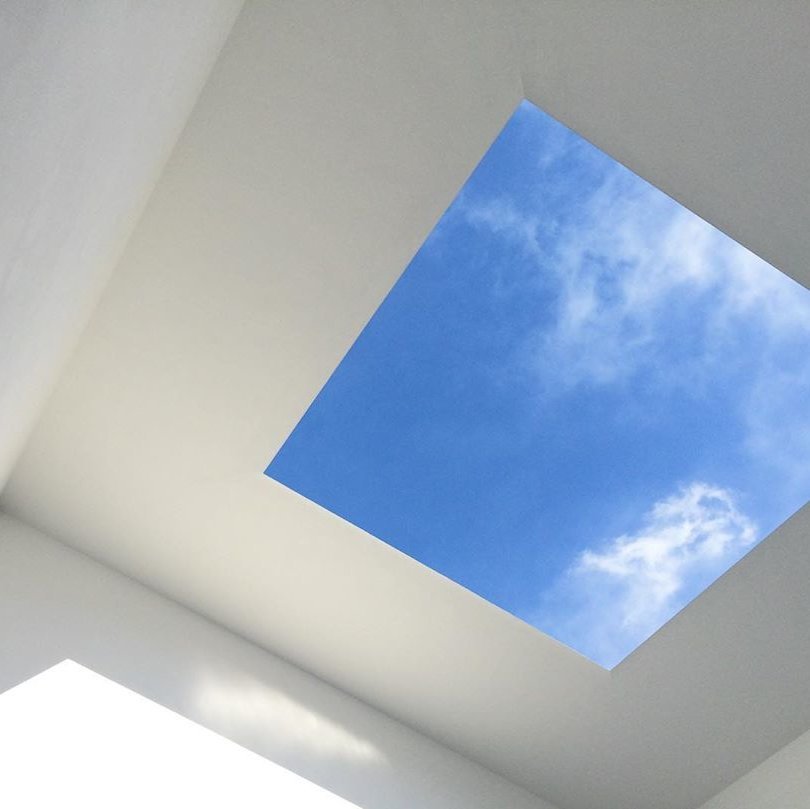
You are invited to contemplate the fluid nature of light itself as much as to admire Claude Monet’s Water Lilies series or James Turrell’s Open Sky. This is art distilled to its essence. Reminiscent of the site of primeval cave paintings and evoking a dream of how we can live more harmoniously with nature, the museum is at once a vision of the future and a reminder of the past.

Even though the Chichu Art Museum might seem to have been spontaneously birthed by the island, it is actually the brainchild of Tadao Ando, an architect who won the Pritzker Architecture Prize in 1995. Ando was commissioned by Fukutake Publishing (now known as Benesse Corporation), an education and publishing company, to design a museum and a hotel for the island.
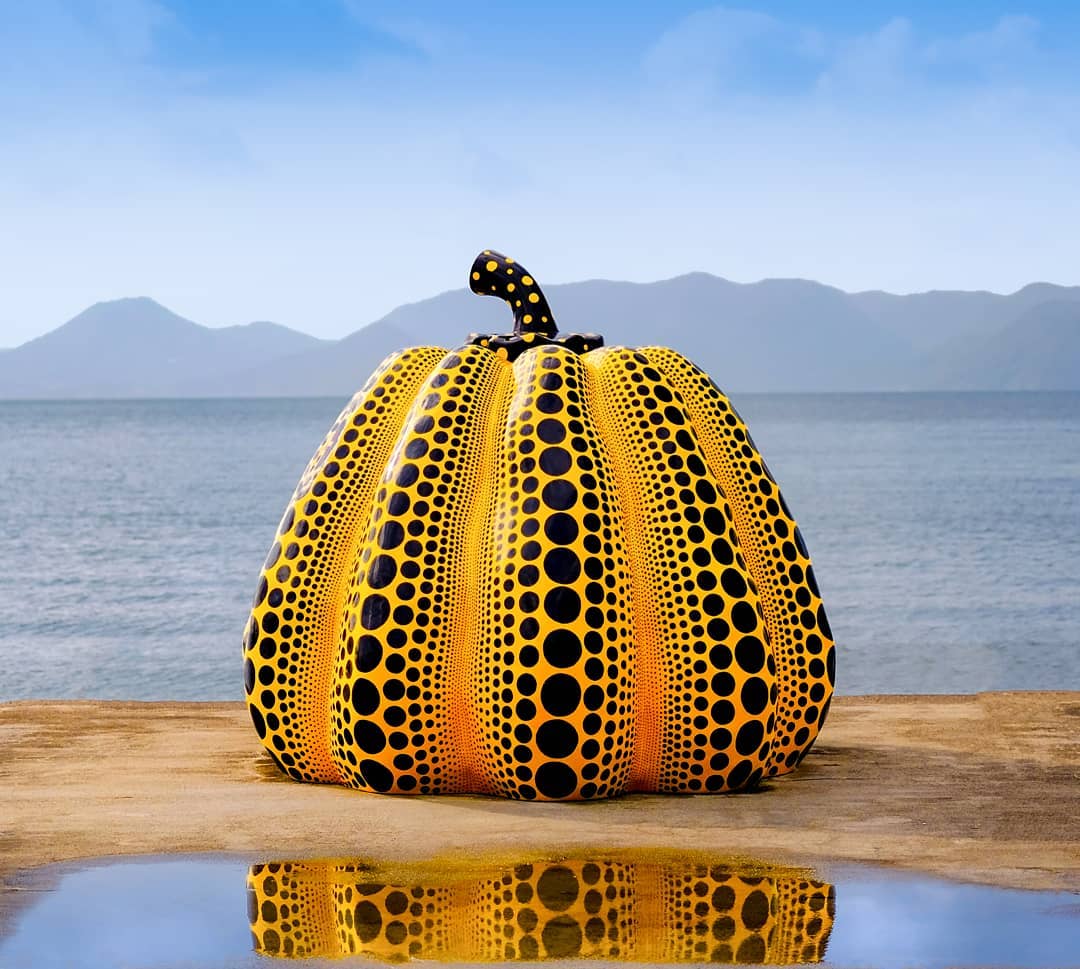
To populate Naoshima with artwork, the company established the Benesse Prize to commission artists to design artworks that interact specifically with Naoshima. In combination, these have transformed the once sleepy island of Naoshima into the art destination it is today. Apart from the Chichu Art Museum and the works it houses, you can find other works around the island, like Yayoi Kusama’s Pumpkins.
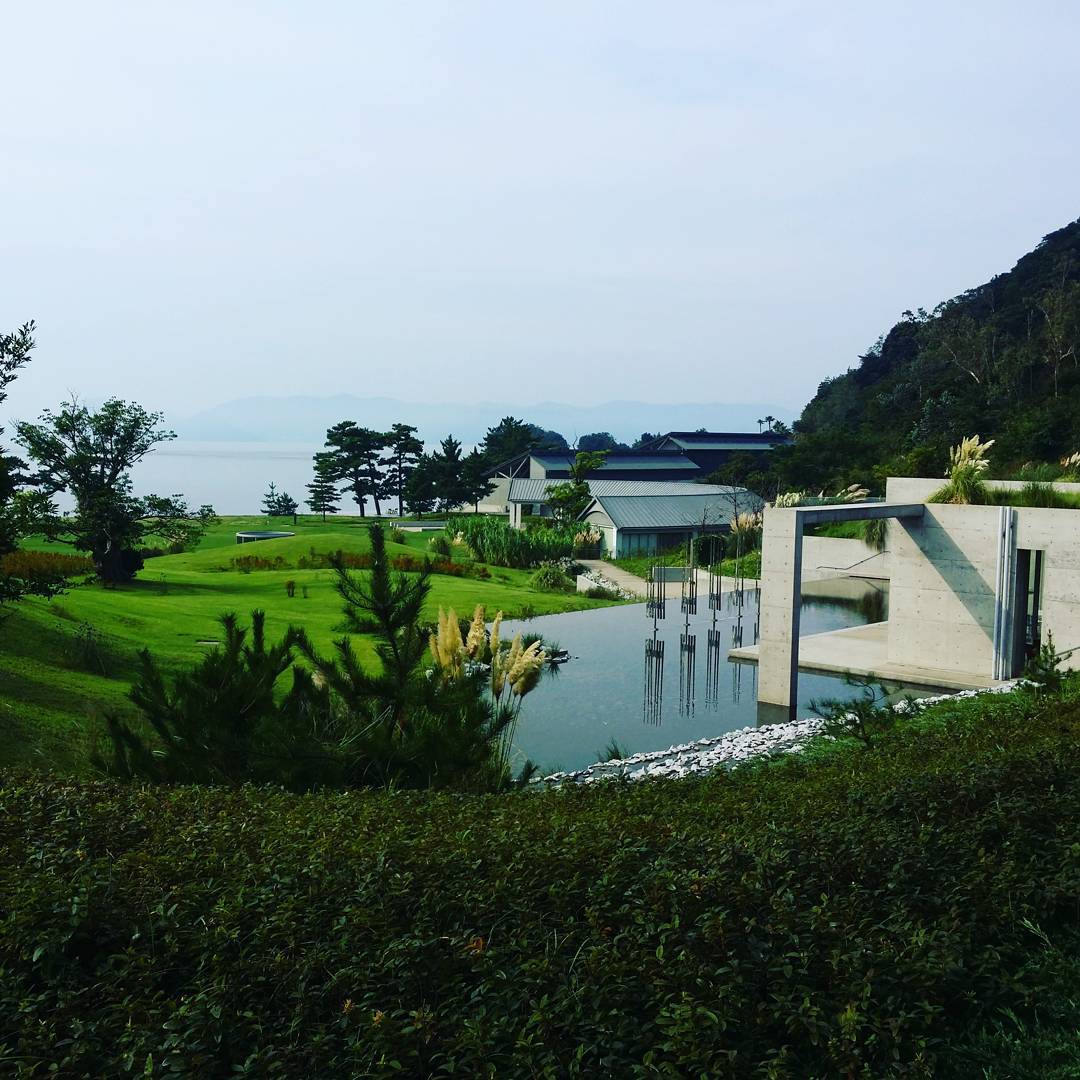
The Benesse House is the other highlight of Naoshima. Like the Chichu Art Museum, the Ando-designed building itself is a work of art. The hotel is the epitome of exclusivity: it has fewer than 30 rooms, so advance reservation is imperative.

For an extravagant treat, go for one of the Oval rooms. With six rooms built around an oval pool—not so much a typical hotel swimming pool but a steely surface that seems to invite you to cast your thoughts into it—the Oval rooms are housed in a separate complex of the Benesse House that is accessible only by monorail. Staying there, you become part of the art experience as much as you experience the art that surrounds you.
In fact, that sums up what it feels like visiting Naoshima. It is indisputably an island of art—but, more than that, it serves as a reminder that art is not a destination, not something to be viewed at from a sterile distance, but an experience found everywhere in our lives.
Getting there
Take the Shinkansen from Tokyo Station to Okayama Station (3.5-4 hours). At Okayama, travel to Uno Station via the JR Uno Line; you may need to transfer at Chayamachi Station to Uno, depending on the train you board (45-60 minutes). Once at Uno Station, cross the street and board the ferry to Naoshima at the ferry terminal (20 minutes).
Top image by joewumd via Instagram.
➯ Did you like this post? Pin it and share it with others!
